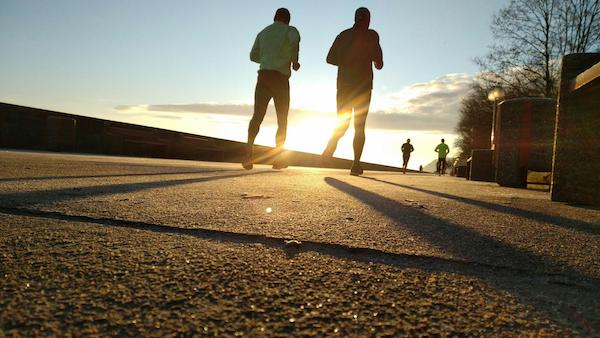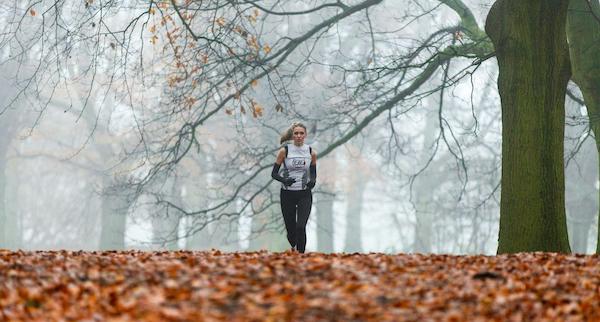
Return To A Healthier You: A Beginners Guide To Running
With more and more people looking to get healthier, many turn to running to reach their fitness goals. If you have never run before, here is an easy beginner’s guide to help you get started.
Have the Right Gear
Firstly, you need the right gear, namely, running shoes. You will need a good quality pair of women’s or men’s running shoes, as running in anything else can be difficult at best, and can cause serious injury at worst.
Try on several pairs, and ensure that the pair you get fits perfectly and offers the arch and ankle support you need. Also, purchasing a few pairs of socks will help prevent blisters when the shoes are new.
Get Medically Clear
If you have any breathing or heart conditions, it is best to get a doctor’s clearance before you start running. In the beginning, running can be incredibly difficult and tiring, and any serious condition can be worsened while exercising.
Depending on the condition you have, it may be best to start with brisk walking to see how your body can handle that, and then work your way up through light jogging, to running.
Stay Safe
Staying safe, in this instance, means taking precautions to lower the chances of getting injured or causing damage to your body. Before running, you should take the time to stretch and warm up, focusing on your hamstrings, quads, calves, and ankles.
While running, don’t “push through the pain;” if a muscle or joint begins to hurt, stop running immediately and either slow down to a walk, or take five minutes to stretch; the latter typically works for any muscle pain or tightness.
Run/Walk Method
A brilliant tactic to use when you first start running is called the “run/walk method.” It is fairly self-explanatory, and involves doing running and walking intervals over a period of time. This is perfect for beginners as it allows you to run for a reasonable amount of time, but doesn’t require you to have the fitness to do so.
An example would be breaking a 30-minute run down into sections. Running for one minute, walking for one minute, running, etc., allows you to run for a total of 15 minutes, but the 15 minutes of walking gives you time to rest and recover. Once you get fitter, you can run for longer and walk for shorter, thus gradually improving your fitness.

Be Reasonable
Always be reasonable with your goals and the distances and times you want to run. If you have never run before, running for 10 minutes may seem easy, but you’ll quickly realize that it is much harder than you thought.
Set your goals low and keep them simple, running is one of the hardest things to get “good” at, and it takes time. Don’t set your sights so high that you end up hating it and quitting completely.
Your Running Form
It is important to do research, watch videos, etc, on the right running posture. Running with the right posture not only makes it easier, but it can also drastically lessen the chances of injury or muscle strain.
Running puts a lot of strain on your joints, especially in your lower body, so you always need to ensure you are running properly.
Nutrition & Hydration
Much like any form of exercise, running requires your body to be fueled. Depending on your needs, you may need as little as a banana or apple, or you may need a full meal; no matter which person you are, you should eat before running.
It is also important to hydrate as water gives your muscles strength, and can help prevent them from feeling tired and worn out too quickly. You may also sweat a lot, and you need water to replenish the electrolytes you will lose.
Cold Weather vs Hot Weather
When running in colder weather, be sure to wear thin layers to keep your muscles warm and prevent stiffness and possible injury. Your clothing also needs to be breathable, as overheating is still possible, even in colder weather.
For warmer weather, wear something light, comfortable, and breathable, but also something that keeps the sun off of you to prevent burning. In both cold and warm weather a hat may be beneficial to keep the sun and sweat out your eyes.

Make it Fun
The one thing that can put many people off running is that it can simply just be tiring and boring. Running the same path over and over again doesn’t have the same “fun factor” as other physical activities.
Instead, change where you run; find a few park paths you can run on, for example. You can also join a running club if you don’t want to run alone or download an app like Strava, which allows you to see times on a certain route and compete with others to be the fastest. Adding new friends or a touch of competition to your running can keep it fun and exciting for a very long time.
Image Credits: Unsplash












